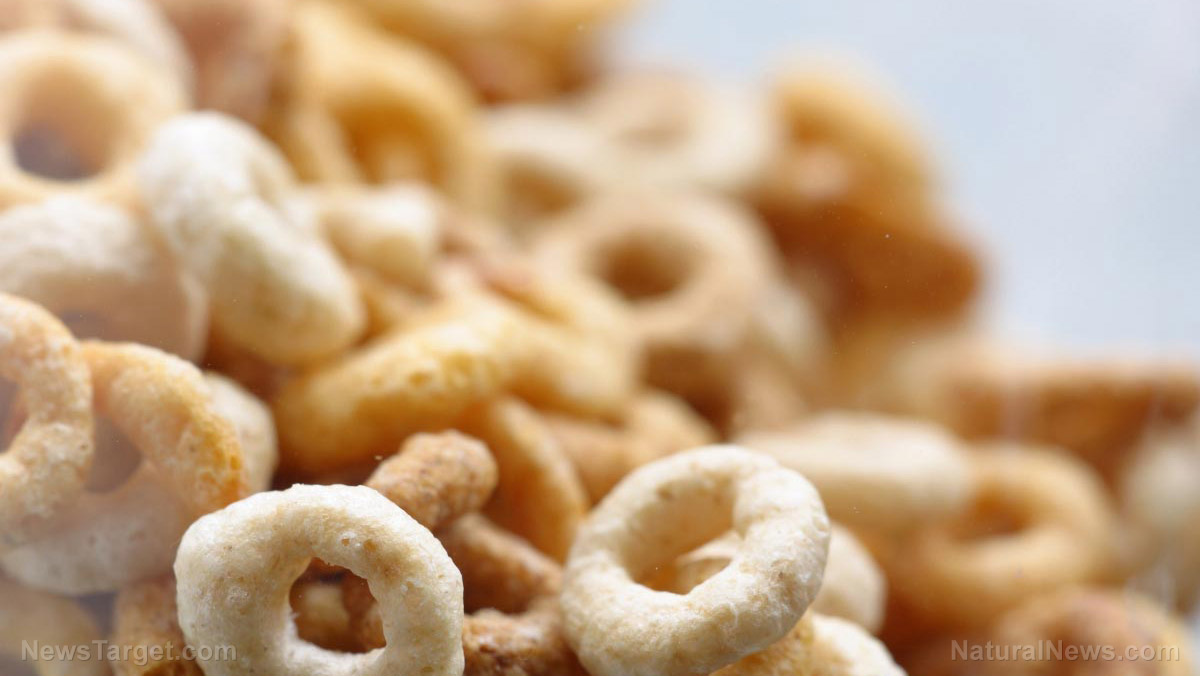Quinoa vs rice: Is one really healthier than the other?
07/07/2019 / By Edsel Cook

Quinoa is often touted as a healthier alternative to rice. But what are the exact differences between the two foods in terms of nutrient content and health benefits?
Rice comes in two forms. Brown rice undergoes hulling but remains unprocessed. White rice goes through polishing and milling processes that deplete its vitamin and mineral content. White rice packs more calories than quinoa, and brown rice contains the least amount. But quinoa contains slightly more fat than white rice. In terms of glycemic index, white rice is the highest with a score of 70. Quinoa has a GI of 53 while brown rice gets the lowest score at 50.
Quinoa contains far more magnesium, potassium, and phosphorus than either form of rice. However, brown rice delivers eight percent of the daily recommended dose of niacin. White rice displays the highest total carbohydrate levels but the lowest amount of dietary fibers. Quinoa is the opposite, and brown rice has large amounts of both carbs. Quinoa has the highest amount of sodium among the three foods. It also boasts more calcium and iron. Brown rice, on the other hand, contains omega-3 and omega-6 fatty acids. (Related: 10 Superfoods you probably aren’t consuming (but should be).)
The health benefits of quinoa and brown rice
Quinoa promotes weight loss. Its high dietary fiber content slows digestion and stops cravings. The anti-inflammatory activity of quinoa benefits the gut. It prevents acute lesions from appearing in the gut.
Rice and quinoa do not contain harmful gluten. Adding quinoa to a gluten-free diet boosts antioxidant and nutrient levels of the dieter.
Quinoa and brown rice contain potassium. The mineral lowers the chances of high blood pressure. It also prevents injuries to blood vessels. Both also are foods that help manage blood sugar levels. They reduce the risk of Type 2 diabetes.
Quinoa is rich in important proteins. It has far more isoleucine and lysine, which are amino acids that act as sources for complete proteins. Eating quinoa and brown rice protect against coronary heart diseases. Quinoa has plenty of oleic acid, a good fat that benefits the heart.
Brown rice and quinoa are excellent sources of powerful antioxidants. They support the immune system, heart health, and good vision. The dietary fiber in brown rice and quinoa alleviate chronic constipation. By improving gut health, they also strengthen cardiovascular and digestive well-being.
Cooked quinoa retains its nutrition while the rice absorbs heavy metals
Quinoa contains large amounts of proteins. It is a good source of the nutrient for vegetarians who cannot eat protein-rich meat. The pseudocereal also cooks much faster than brown rice. Quinoa is ready for consumption in just 15 minutes while brown rice needs 45 minutes of cooking. It may be boiled, simmered, or steamed. It does not undergo oxidation when exposed to heat, which means it retains its nutritional value after getting cooked.
Meanwhile, a 2009 study led by researchers from the Max Rubner-Institut (MRI) found an anti-nutrient called phytic acid in brown rice. Phytic acid stops the body from absorbing iron and zinc from food. Brown and white rice may have high amounts of inorganic arsenic. A toxic heavy metal, arsenic increases the chance of developing cancer. Most human exposure to arsenic comes from food that contains the metal. Rice absorbs higher amounts of arsenic compared to other food plants. The concentrations of the heavy metal present in food are usually too low to cause harm. However, loading up on too much rice may lead to unhealthy levels of arsenic exposure.
To summarize, quinoa and rice are healthy foods when consumed in moderation. However, quinoa is safer, it cooks faster, it doesn’t lose any nutrients, and it doesn’t have anti-nutrients.
Sources include:
Tagged Under: arsenic, brown rice, gluten, grocery, healthy foods, nutrition, oleic acid, omega-3 fatty acids, Quinoa, rice, white rice
RECENT NEWS & ARTICLES
COPYRIGHT © 2017 WHOLE FOODS NEWS



















